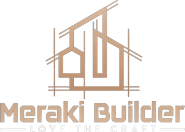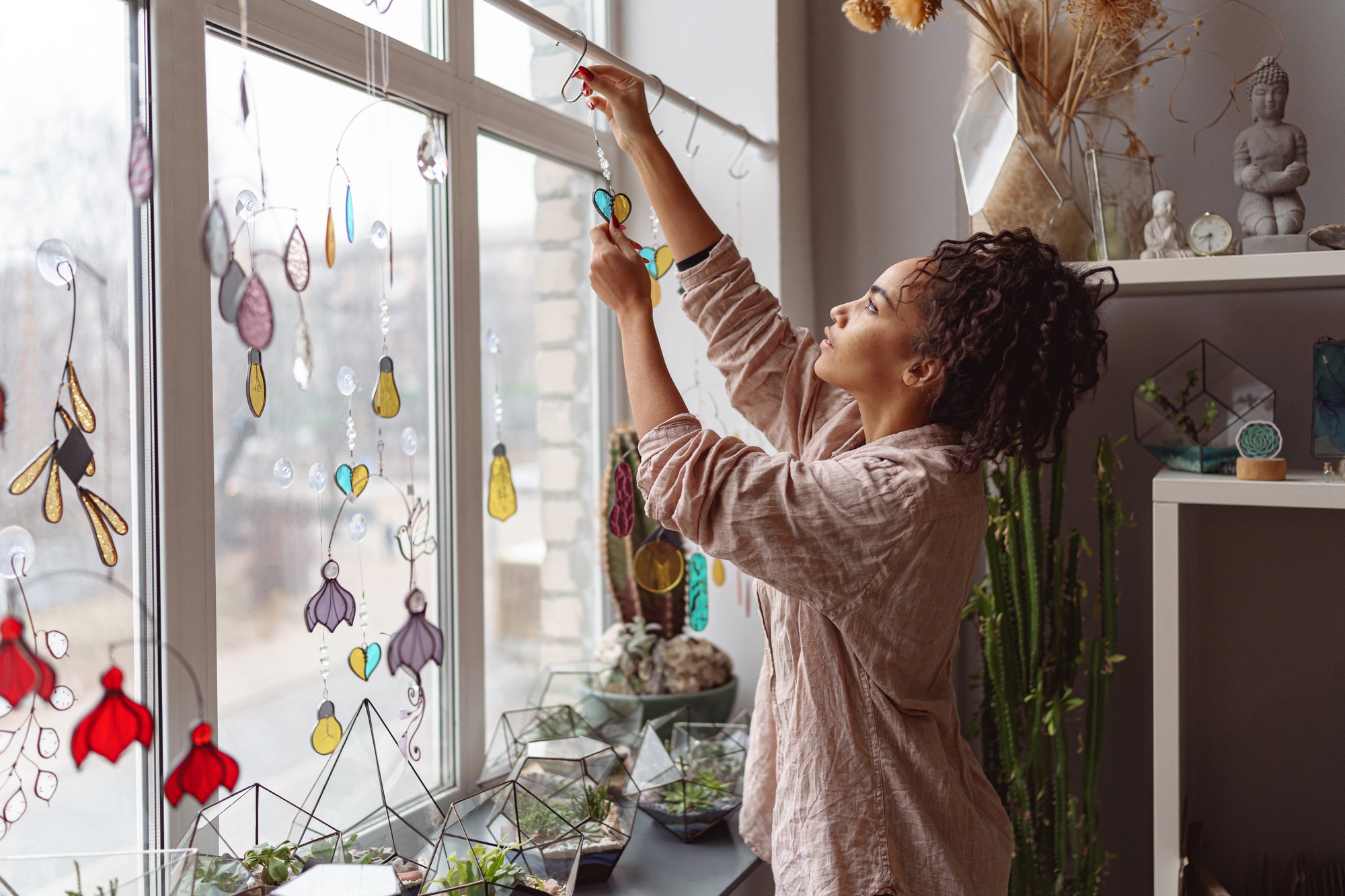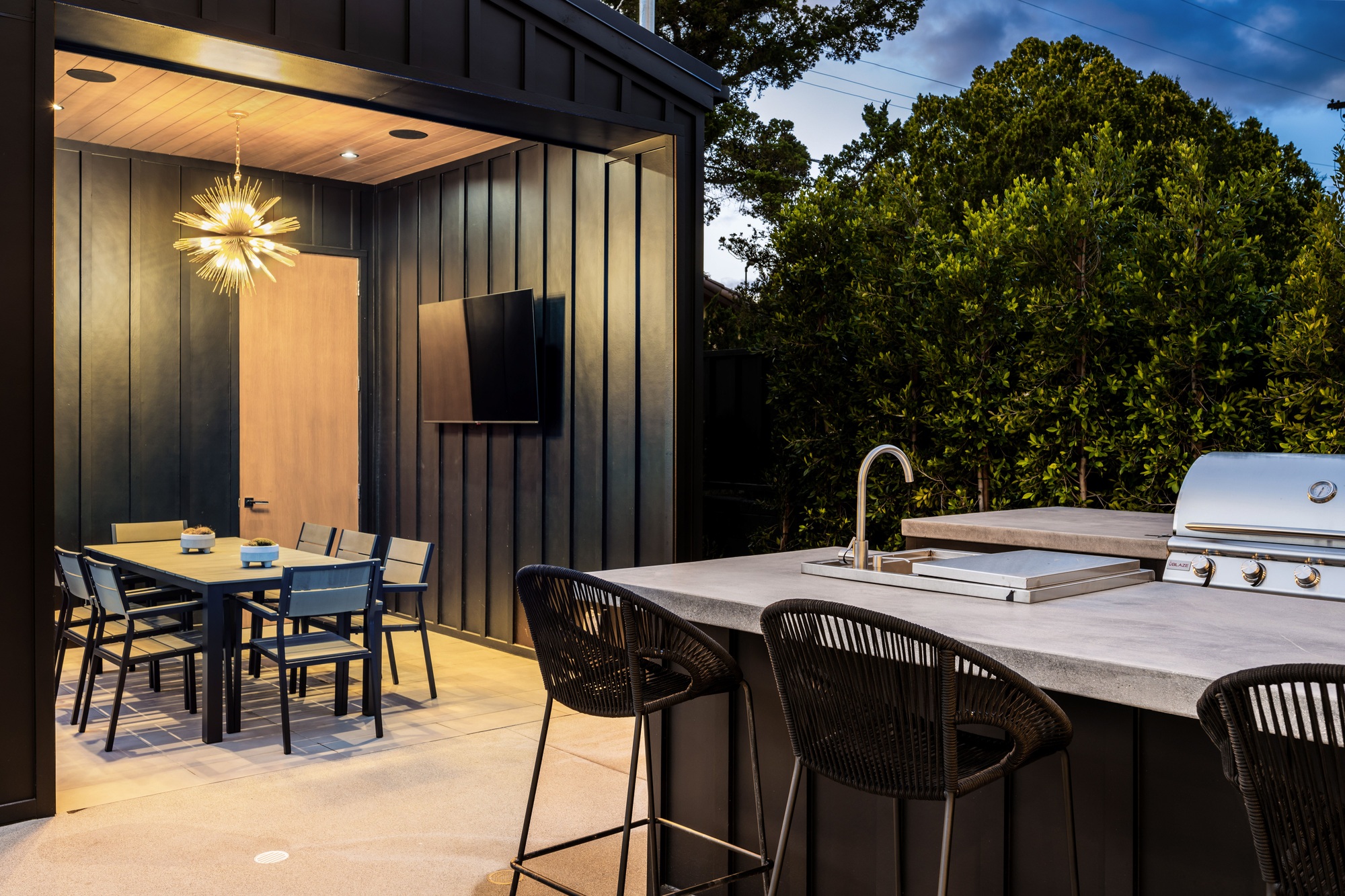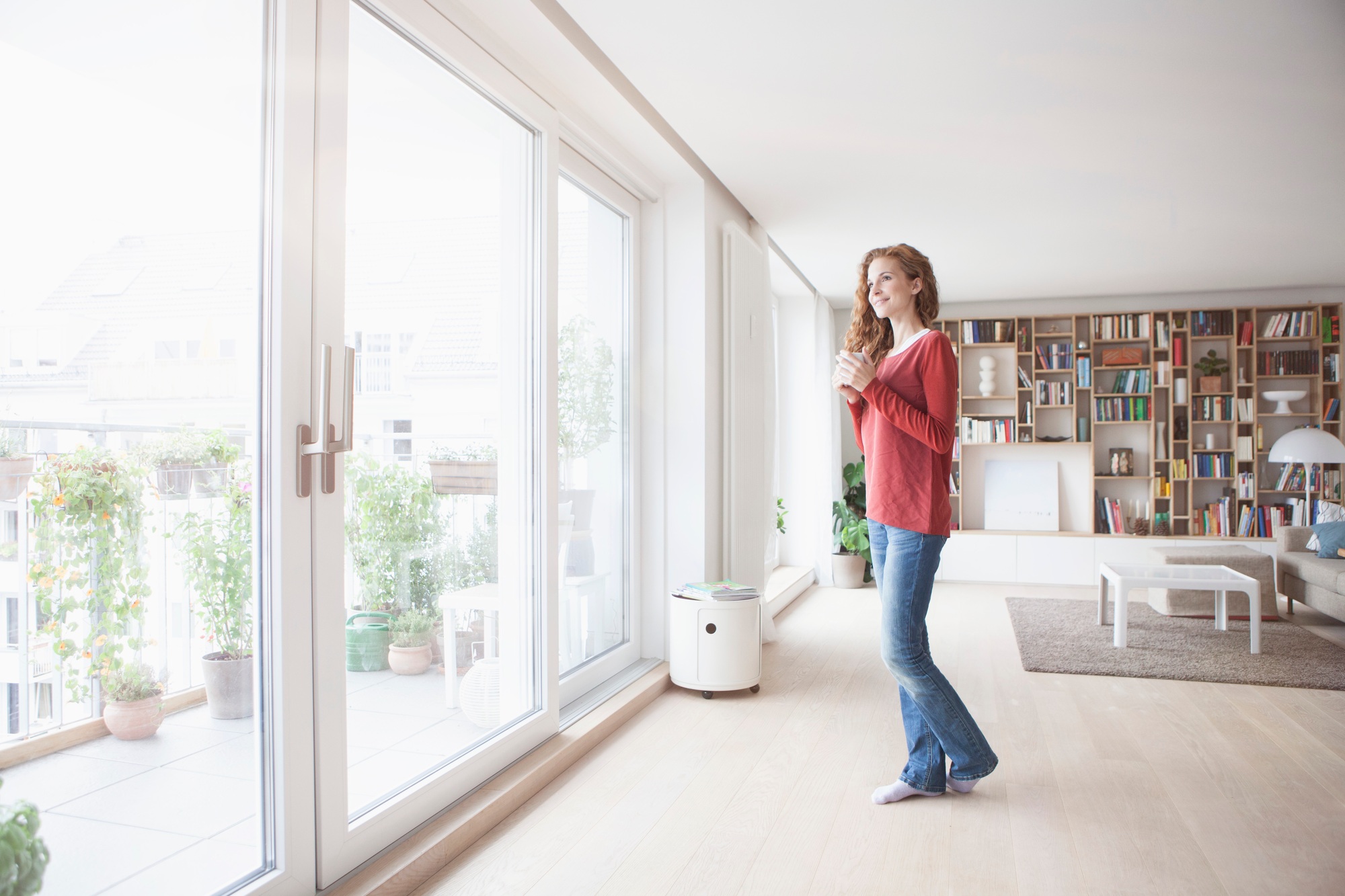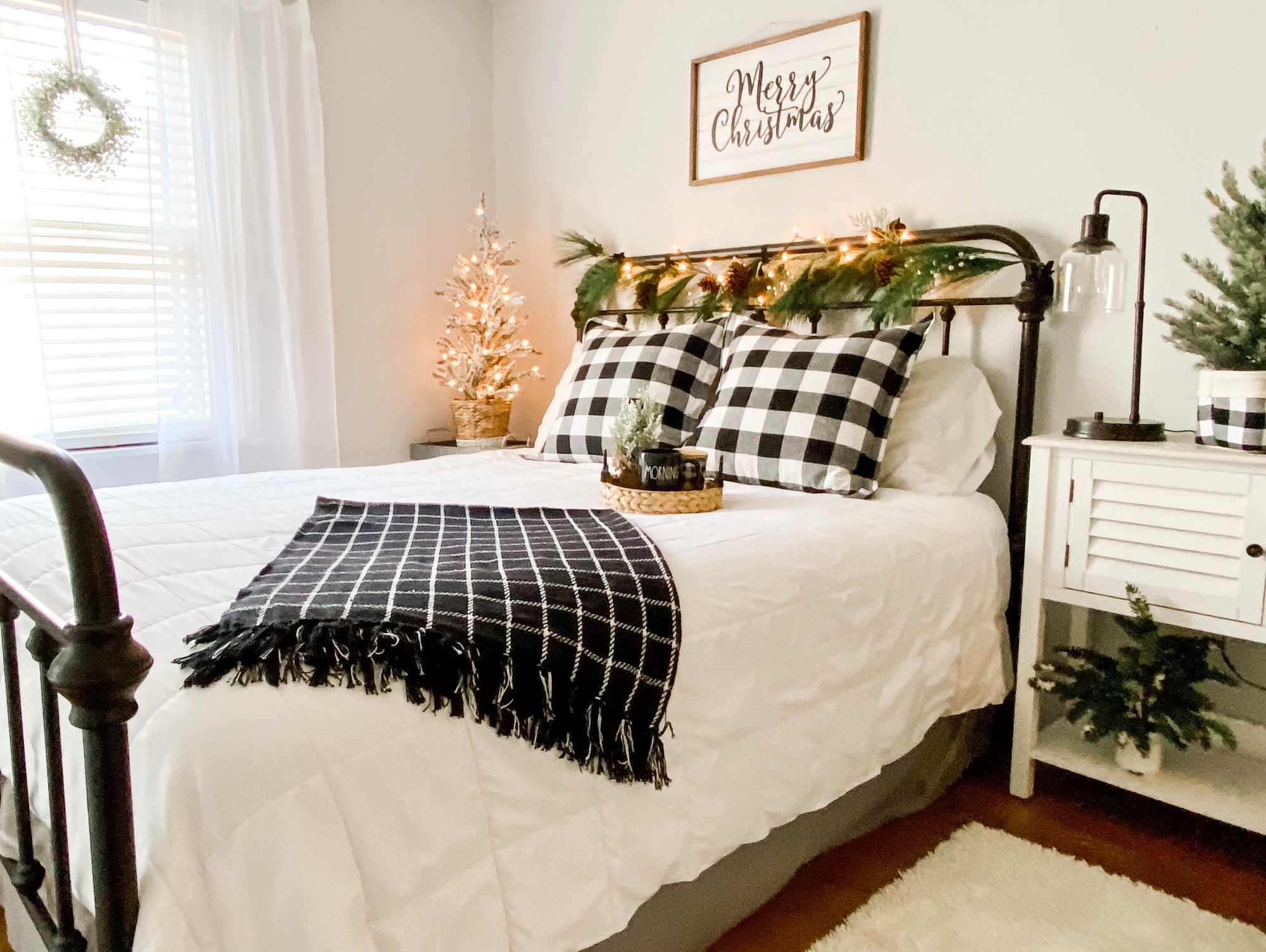When it comes to interior design, texture often plays second fiddle to color and layout. But in reality, texture is a key player in creating depth, interest, and warmth in any space. By incorporating different textures through surfaces and materials, you can elevate the atmosphere of a room, making it feel more dynamic and inviting. Whether you’re designing a cozy living room or a sleek kitchen, adding texture is an easy way to breathe life into your home.
In this post, we’ll explore how to use texture effectively in interior design and share some ideas for incorporating it into your space.
1. Start with a Foundation of Contrast
When designing a room with texture, it’s essential to focus on contrasts. A room filled with only one texture can feel flat, while layers of contrasting textures create visual richness. Combining rough and smooth, soft and hard, or matte and shiny materials can transform a space, giving it a multi-dimensional feel.
Texture Tip: Mix materials like wood, stone, metal, and fabric to achieve this balance. For instance, pair a smooth leather sofa with a chunky wool throw, or combine polished marble countertops with natural wood accents.
Example: In a kitchen, you might opt for sleek stainless steel appliances paired with a wooden butcher block island. The contrast between the cold metal and the warm, organic wood creates a perfect balance, making the space feel more dynamic and inviting.
2. Layer Fabrics for Softness and Warmth
Fabrics are one of the easiest ways to introduce texture into a room. They can soften hard surfaces and add warmth to any space. Start with upholstery like velvet sofas, linen chairs, or textured throw pillows, and build from there. Curtains, rugs, and bedding also contribute texture, helping to create a cozy and inviting environment.
Texture Tip: Play with the texture of fabrics by mixing smooth silk with tactile linens or velvet cushions with knitted throws. Don’t forget the power of rugs—they add a lot of texture to a floor and can tie a room together.
Example: A living room featuring a velvet armchair paired with linen throw pillows and a chunky knit blanket creates an inviting, tactile experience. The layering of different fabrics gives the space a cozy, lived-in feel.
3. Embrace Natural Elements for Organic Texture
Natural textures, such as wood, stone, clay, and jute, add an earthy, grounded feeling to any room. These materials often have variations in texture, making them inherently interesting and perfect for layering. Whether it’s a reclaimed wood dining table, a stone accent wall, or a jute rug, organic textures are timeless and can be used in various design styles.
Texture Tip: Incorporate materials that celebrate imperfections—like the grain of a wooden table or the natural feel of stone. These elements bring authenticity and warmth to a space, making it feel lived-in and comfortable.
Example: A reclaimed wood coffee table with visible knots and imperfections can bring character to a modern or minimalistic living room. Pair it with a stone vase or a concrete sculpture to further emphasize the organic textures.
4. Experiment with Walls and Ceilings
Walls and ceilings are often overlooked when thinking about texture, but they can make a significant impact on a room’s overall feel. Textured wall treatments, such as exposed brick, wood paneling, or wallpaper with a raised design, can add a tactile layer that enhances the space. Similarly, textured ceilings, such as coffered or painted designs, can elevate the room’s aesthetic and add a touch of drama.
Texture Tip: Consider adding tactile features like wainscoting, shiplap, or textured wallpaper to your walls. On the ceiling, a statement texture like a wood beam design or a soft plaster finish can create an eye-catching focal point.
Example: A living room with a painted textured ceiling adds interest without being overwhelming. The subtle texture creates an understated sense of depth that makes the room feel more spacious and intriguing.
5. Use Metal and Glass for Shine and Reflection
If you want to balance out softer textures with a bit of shine and sophistication, incorporate metal and glass elements. These materials can introduce reflective surfaces that contrast with matte textures, adding visual interest. Think sleek glass coffee tables, brass light fixtures, or polished chrome accessories.
Texture Tip: Choose metallic finishes in varying shades, such as matte gold, polished silver, or brushed brass, to ensure the room doesn’t feel too sterile. Glass can also be used for subtle texture, especially in light fixtures or vases.
Example: A glass vase with a textured pattern can add visual interest while maintaining the clean lines of a modern living room. Metal elements like a brushed brass pendant light fixture can draw attention without overpowering other textures in the room.
6. Play with Texture in Lighting Fixtures
Lighting isn’t just about illumination; it’s a great opportunity to add texture to your room. Textured lampshades, pendant lights with woven materials, or chandeliers with layered components can all contribute to the room’s tactile appeal. The play of light on different textures can create shadows and depth, further enhancing the room’s atmosphere.
Texture Tip: Opt for lighting made from natural materials like woven rattan, hammered metal, or frosted glass. The texture of the light fixtures will create additional layers of interest in the room.
Example: A pendant light made from woven rattan can bring a touch of nature into the space, while also casting soft, interesting shadows on the walls. A frosted glass chandelier adds a delicate, ethereal texture to a dining area.
7. Flooring: The Foundation of Texture
Flooring is another critical area where texture plays a pivotal role. Hard surfaces like hardwood, tile, or concrete offer a sleek, smooth texture, while softer materials like plush carpet, wool, or cork can add warmth and comfort. The key is to think about how the floor interacts with the other elements in the room.
Texture Tip: Use textured rugs to add softness on top of harder floors. Layering textures on the floor—like a jute rug over hardwood—adds a cozy and welcoming element to any room.
Example: A textured wool rug in a soft neutral tone laid over a wooden floor can create a luxurious yet grounded look. The contrast between the smooth wood and soft texture of the rug creates a warm, inviting space.
8. Accent Pieces: Small Touches, Big Impact
Sometimes, it’s the small details that make the most significant impact. Think textured vases, ceramic sculptures, woven baskets, and leather trays. These accent pieces bring texture into a room without overwhelming the space. They can be used to add subtle layers that make a room feel thoughtfully designed and inviting.
Texture Tip: Don’t overdo it—use accent pieces sparingly to add texture without making the room feel cluttered. A few well-placed items can create a cohesive, layered look.
Example: A textured ceramic vase with a rough, organic finish can serve as a perfect statement piece on a side table, adding depth without taking over the room.
9. Texture in Outdoor Spaces
Just like indoor spaces, your outdoor areas can benefit from texture. Outdoor furniture, planters, and décor made from textured materials like wicker, stone, and wood can add richness to patios, decks, and gardens. Additionally, textured outdoor rugs can make an outdoor seating area feel like an extension of your home.
Texture Tip: Incorporate outdoor textiles like linen cushions and woven throw blankets to soften your outdoor seating. Add variety with a mix of plant types, like succulents and leafy vines, to bring natural texture to the outdoors.
Example: Wicker furniture paired with plush, textured outdoor pillows can create a cozy outdoor seating area, perfect for relaxing or entertaining guests. A stone firepit surrounded by textured ceramic planters adds organic elegance.
Conclusion
Designing with texture is one of the easiest and most impactful ways to create depth and interest in any room. By mixing materials, layering fabrics, and incorporating natural elements, you can transform a flat space into one that feels dynamic, cozy, and inviting. Remember to focus on contrasts, and don’t be afraid to experiment with different textures to achieve a balanced, layered design.
Whether you’re adding plush textiles, natural finishes, or sleek metallic accents, texture is the key to making your space feel rich and full of personality. With these tips, you’re ready to create rooms that are not just beautiful but also tactilely engaging, making your home truly one of a kind.
By thoughtfully using texture, you’ll create a space that feels as good as it looks, a true reflection of your personal style.
